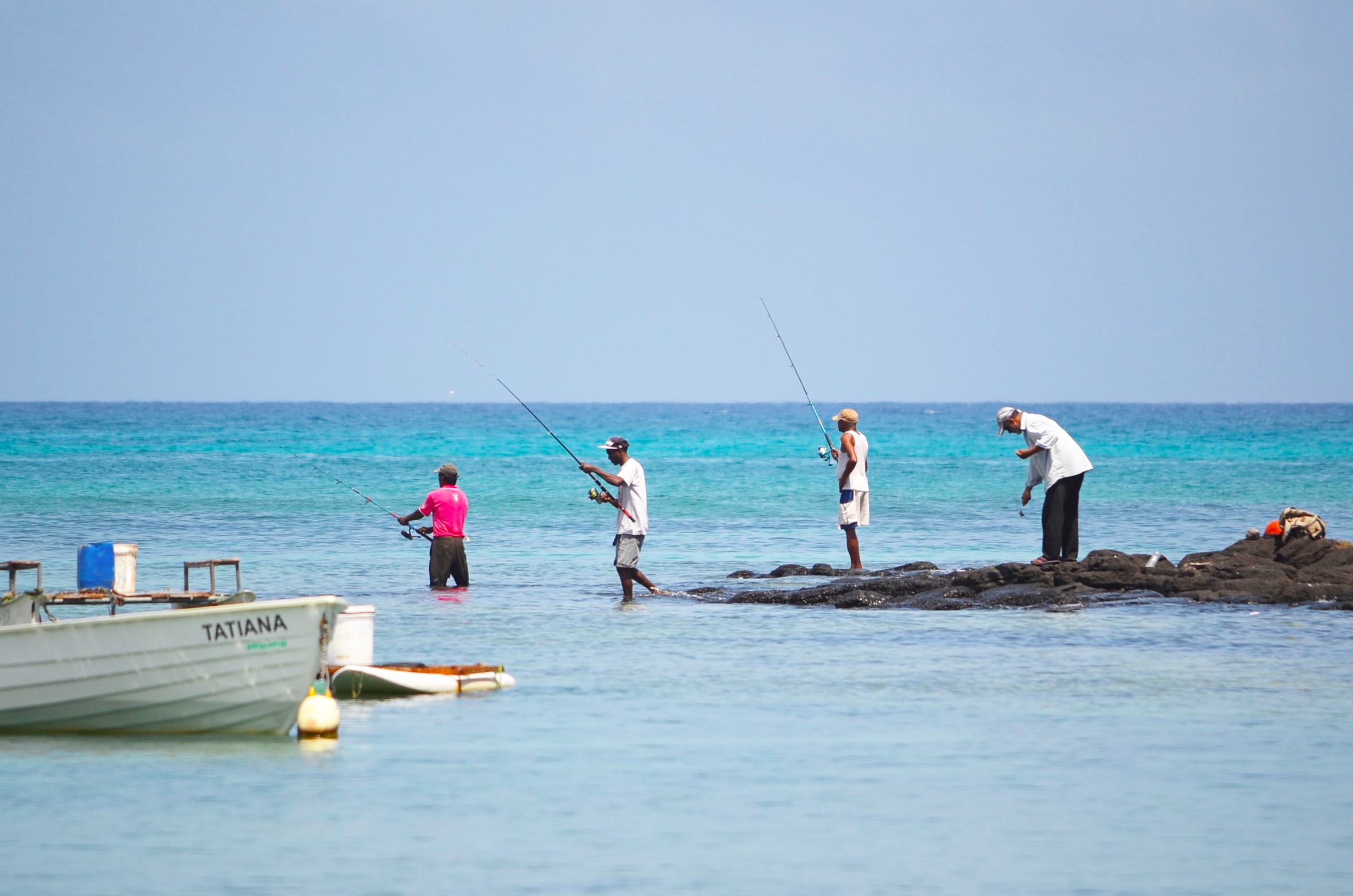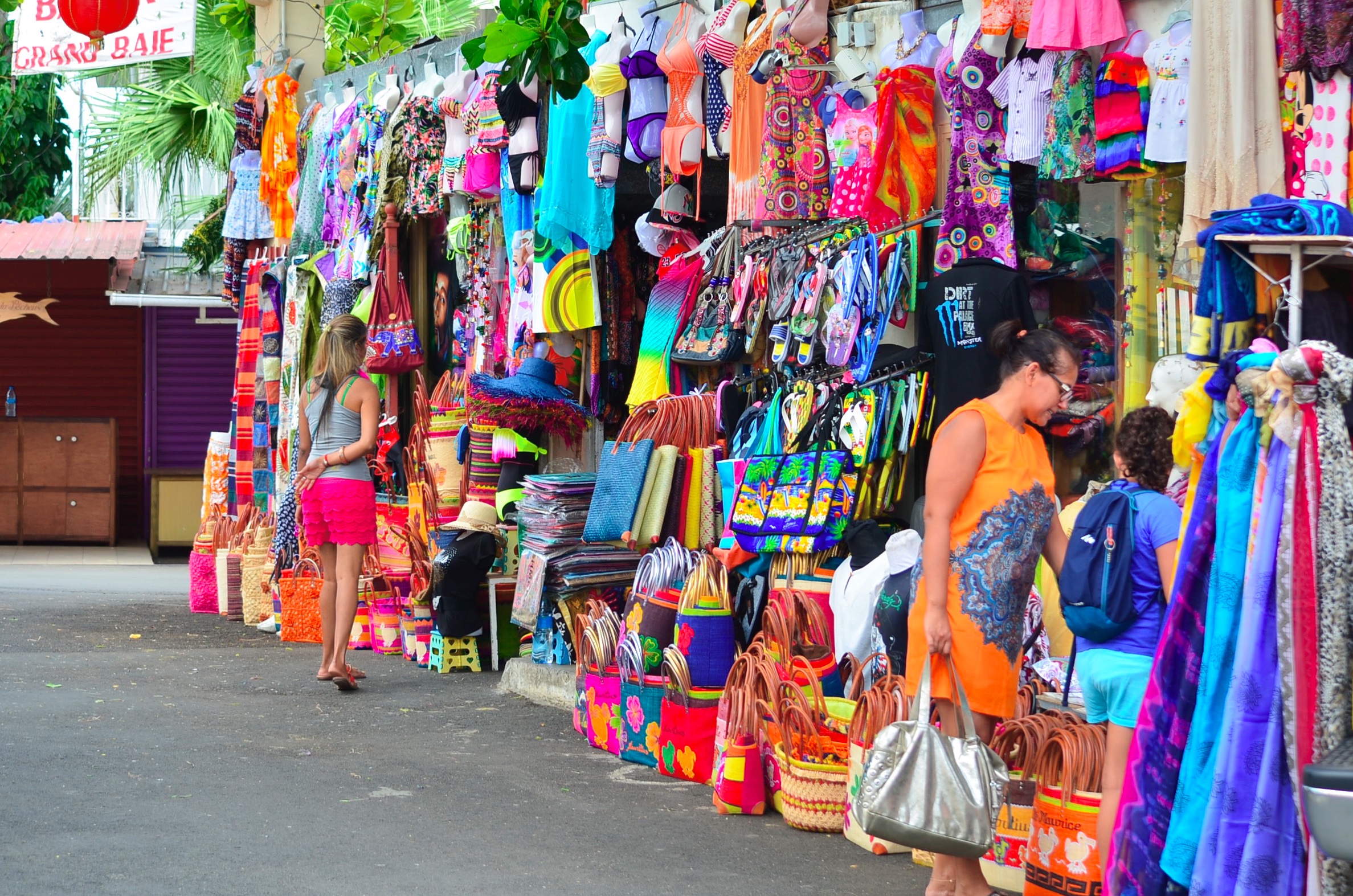- Introduction
- Purchasing Procedures
- The different Real Estate Schemes
- The different Real Estate Programs existing on the market
- Administrative and Legal Procedures
- Better know Mauritius
Summary
Better know Mauritius
Mauritius (or The Republic of Mauritius) is an independent state of the Mascarene Islands in the Indian Ocean.
This republic which has an area of 2040 km2 is made of Mauritius which represents 91% of its land (1865 km2) and several smaller islands and reefs among which Rodrigues and the archipelagos of Cargados Carajos and Agalega. As Seychelles, Mauritius is a former British colony, with a predominant francophone basis. Since 1992, Mauritius is a parliamentary republic.

The climate is tropical, tempered by southeast trade winds.
There are two seasons: the dry season from May to November – also called ‘hivernage’ and the wet season from November to May, also called ‘cyclonic season’.
Since its independence in 1968, Mauritius has experienced a tremendous economic development.
The island has moved from a status of low-income country, which economy was based on agriculture, to a status of emerging country, which middle-income diversified economy is based on full growth industrial and financial sectors as well as tourism.
Sugarcane is planted on about 90% of the cultivated area and constitutes 25% of its foreign trade income. A historic drought has however severely damaged the sugar crop in 1999. The government's development strategy has foreign investment as its main driver. Mauritius has attracted more than 9,000 offshore companies, many of which are dedicated to commerce with India and South Africa. Mauritius is also a flag of convenience (‘pavillon de complaisance’).
The banking sector has reached over one billion dollars of investment.
The island also heavily relies on the tourism industry to generate more wealth and create jobs. In 2006, Mauritius hosted 788 000 tourists, most of which came from France. There are currently 99 hotels in operation in the country, including 42 with more than 80 rooms.
In the 1970s, Mauritius has focused on the textile in order not to solely rely only on sugar cane. But today, tourism is its main resource (1.1 billion Euros per year against 800 million Euros for sugar and textiles).





